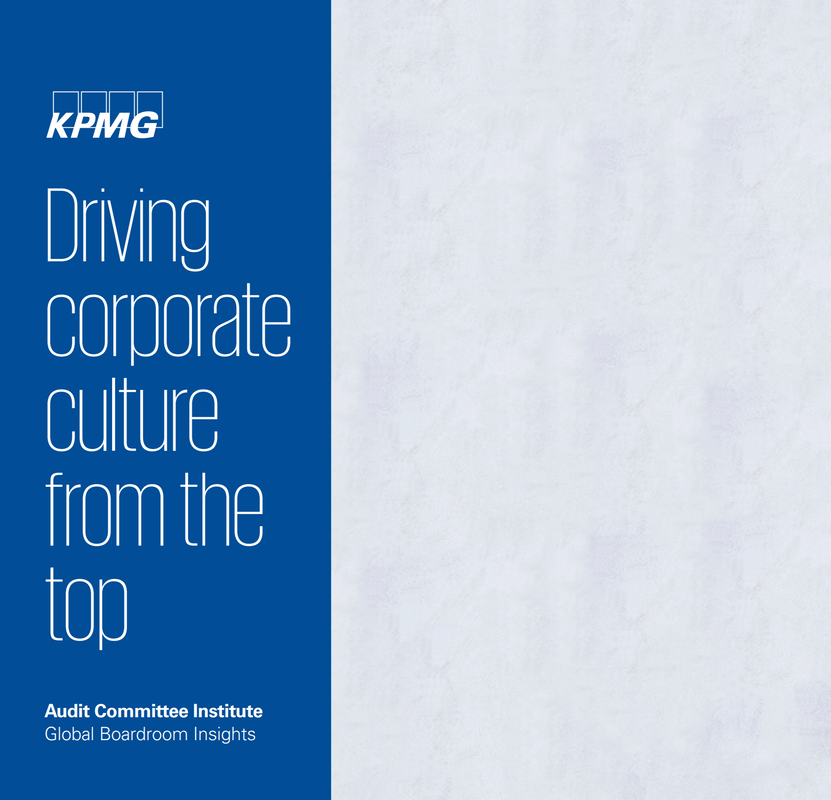IB BUsiness MAnagement:
|
|
Organisational and Corporate CulturesOrganisational culture: The values, attitudes and beliefs of the people working in an organisation that control the way they interact with each other and with external stakeholder groups.
A commonly used definition of organisational culture is 'the way we do things around here'1. This means how people within the organisation view the world and respond to it in trying to achieve certain goals. It is widely understood that different organisations have distinctive cultures. For example, the culture of a steel company will be very different to that of a leading independent IB girls' school. The culture of an organisation gives it a sense of identity and is based on the values, attitudes and beliefs of the people who work in it, especially senior management. Values, attitudes and beliefs have a very powerful influence on the way staff in a business will act, take decisions and relate to others in the organisation. They define what is 'normal' in an organisation, so it is possible for the same person to act in different ways in different organisations. What we do and what how we behave - in society in general and business in particular - are largely determined by our culture. 1 Please do not use this as a definition in the IB Business and Management examination. |
Introduction to Organisational and Corporate CultureSome companies do organisational culture Well! |
Great Corporate Culture:
|
Terrible Corporate Culture:
|
Corporate culture and stakeholders |
Influences on corporate culture
|
5 Types of Organisational Culture
|
Types of Organisational Culture:
|
The importance of organisational culture:
|
Advantages of having a strong organisational culture:
|
IKEA's Corporate Culture |
Google's Corporate Culture |
Changing organisational culture:
|
Advanced Corporate CultureConstraints to change:
|
create a more successful oragnisational culture |
Case Study:
|
Goldman Sachs is a case study on a negative corporate culture |
Goldman Sachs: the need for corporate culture change |
Hofstede's five dimensions of culture:
Power distance dimension of culture: Measures the extent to which subordinates expect and accept unequal distribution of power with a business. High-power = centralised decision-making; low power = delegation and empowerment of subordinates.
Individualism versus collectivism dimension of culture: Measures the extent to which people feel they should care for themselves (individualism) or be supported by colleagues in an organisation. Masculinity versus femininity dimension of culture: Measures the extent to which an organisational culture conforms to traditional gender roles and values. Masculinity: competitive, ambitious, materialistic. Femininity: relationships, quality of life. Uncertainty avoidance dimension of culture: Measures the extent to which people in an organisation prefer structured routines (predictability) over flexible structures (uncertainty). High uncertainty avoidance cultures have strong customs and habits, and as such, tend to favour formal structures, rules and regulations, and tend to remain loyal to employers. Long-term versus short-term orientation dimension of culture: The extent to which an organisation and its employees values making sacrifices today for benefits to be gained in the future. Cultures with long-term orientation will invest for the future, have a high degree of perseverance and are patient with the results. |
EXPLAining Hoefstede's five dimensions of culture:Corporate culture from above |
Culture ClashesCulture clash: Occurs when there is conflict between two or more cultures within an organisation. This may exist when there is a merger or acquisition and two firms are required to integrate, each with their own unique corporate culture.
Culture gap: The difference between the existing culture of an organisation and its desired culture. Management will use different strategies to reduce this gap. Consequences of Culture Clashes:Many businesses have turned themselves around, converting potential bankruptcy into commercial success. Very often this transformation has been achieved by changing the culture of the business. The existing culture of a business can become inappropriate and clash with new objectives needed to achieve growth, development and success.
For example:
|
Exam Tips!
|
2.5 Organisational and Corporate Cultures:
Summary PowerPoint notes
Progress check - test your understanding by completing the activities below
You have below, a range of practice activities, flash cards, exam practice questions and an online interactive self test to ensure you have complete mastery of the IB Business Management requirements for the Human Resources 2.5Organisational and Corporate Cultures topic.
Habits of successful IB Students"I find that the harder I work, the more luck I seem to have." |
IB BUSINESS MANAGEMENT QUIZZES AND TWO CLASSROOM GAMES
Test how well you know the IB Business Management Human Resource Management - 2.5 Organisational Culture topic with the self-assessment tool. Aim for a score of at least 80 per cent.































